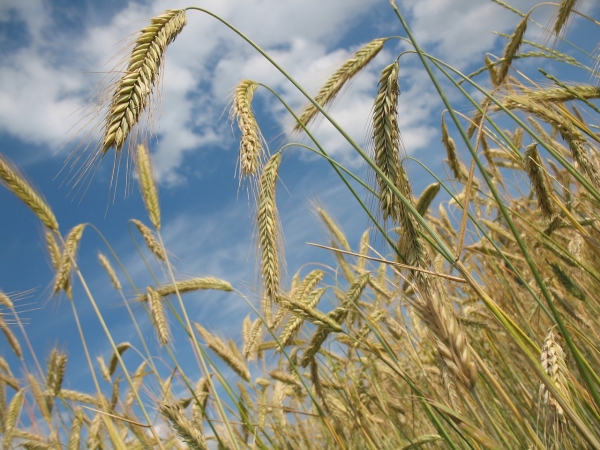The latest climate models show a weakening of the subtropical circulation in a scenario of stable greenhouse warming, according to a new study published in Nature Communications.
The low-level subtropical atmospheric circulation, encompassing monsoons over land and high-pressure zones over ocean, plays a pivotal role in shaping the climate, ecosystems, and societies of the surrounding regions.
The study, jointly conducted by researchers from the Institute of Atmospheric Physics at the Chinese Academy of Sciences and Yunnan University explored various future carbon emission scenarios, uncovering two key drivers behind the changes in subtropical circulation: the land–sea thermal contrast due to direct effect of CO2 and surface warming. These two factors work on distinct time scales.
Read more at: Institute of Atmospheric Physics, Chinese Academy of Science
Photo Credit: R0bin via Pixabay


